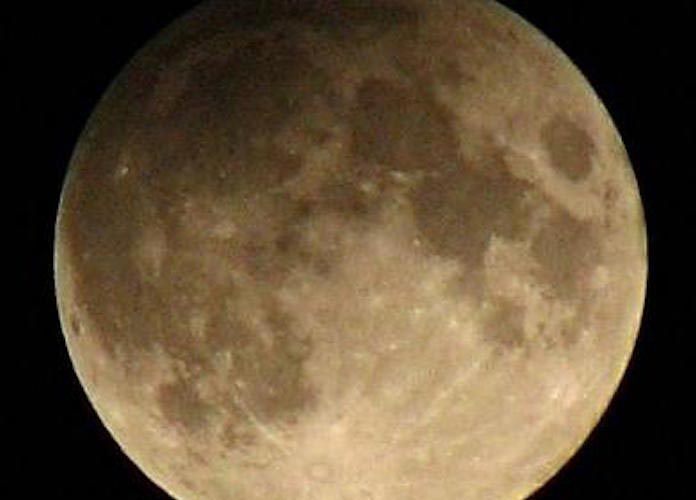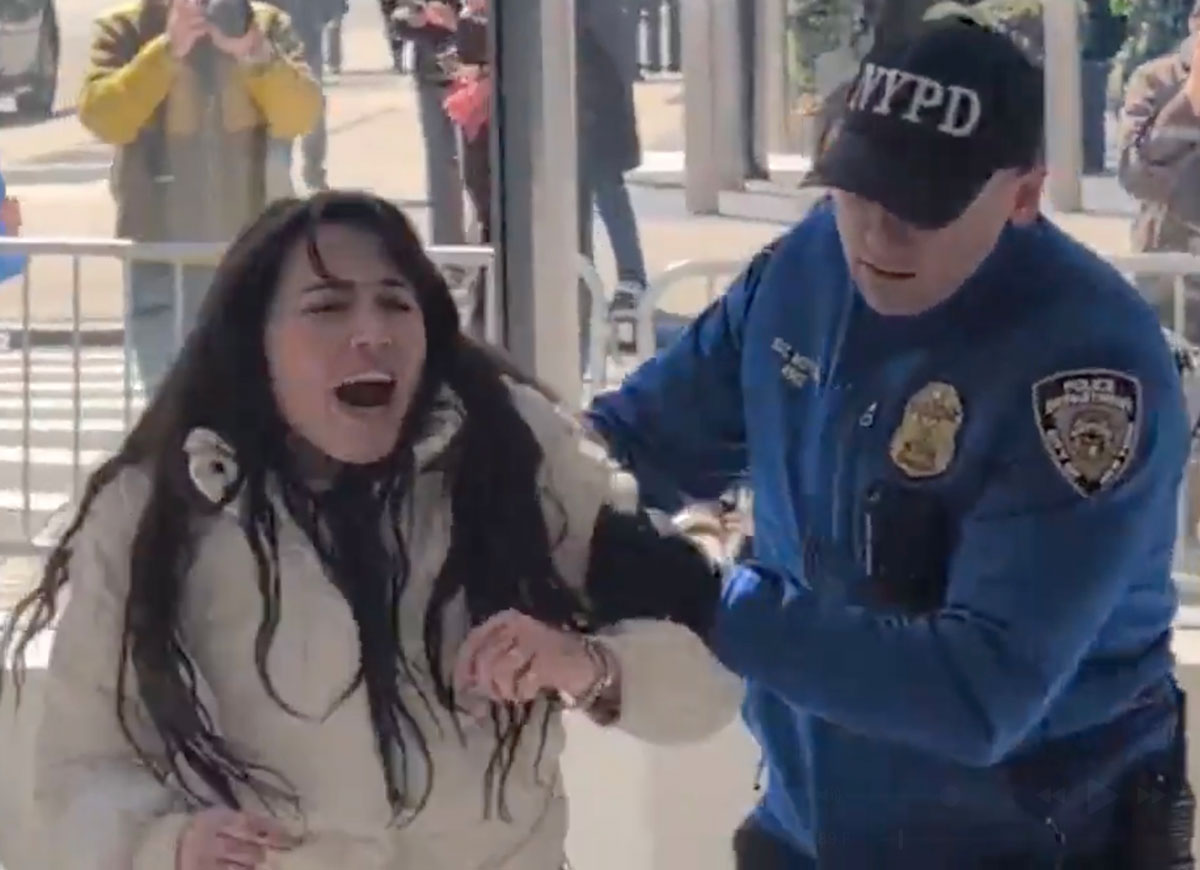A Penumbral Lunar Eclipse Will Be Visible To North America Wednesday
A penumbral lunar eclipse will occur early Wednesday morning when the full moon slides into Earth’s shadow. It can be witnessed by people in parts of North America, Asia and the Pacific Ocean region.
Penumbral Lunar Eclipse
The penumbral lunar eclipse Wednesday will see the moon slip partially into earth’s shadow for four hours and 15 minutes. At least 70% of the moon will need to be covered by the planet’s shadow for observers to detect the penumbral lunar eclipse, according to Space.com. The highest chance of witnessing it will be at its peak around 7:47 EDT, when the Earth’s penumbra will cover about 77.5% of the lunar disk.
Those most likely to see the phenomenon are those in western and central parts of North America. Unfortunately for those in eastern parts of North America, they will miss out on catching this particular penumbral lunar eclipse.
Though the penumbral eclipse is less awe-inspiring than total and partial eclipses, it does create a reddish tint on the otherwise bright white full moon. It’s caused when the moon passes through Earth’s outer shadow – the penumbra. In a partial eclipse, the Earth’s umbral (inner) shadow partially blocks the moon. In a total eclipse the Earth’s umbral shadow completes blocks the moon.
Instead of checking out the latest lunar eclipse Wednesday, East Coast residents will have a chance to catch a glimpse of a very bright and magnified Jupiter Tuesday evening, according to the Washington Post.
RELATED ARTICLES
Get the most-revealing celebrity conversations with the uInterview podcast!



 Click here for the Most Popular Celebrity Instagrams Of 2015 Slideshow
Click here for the Most Popular Celebrity Instagrams Of 2015 Slideshow



Leave a comment